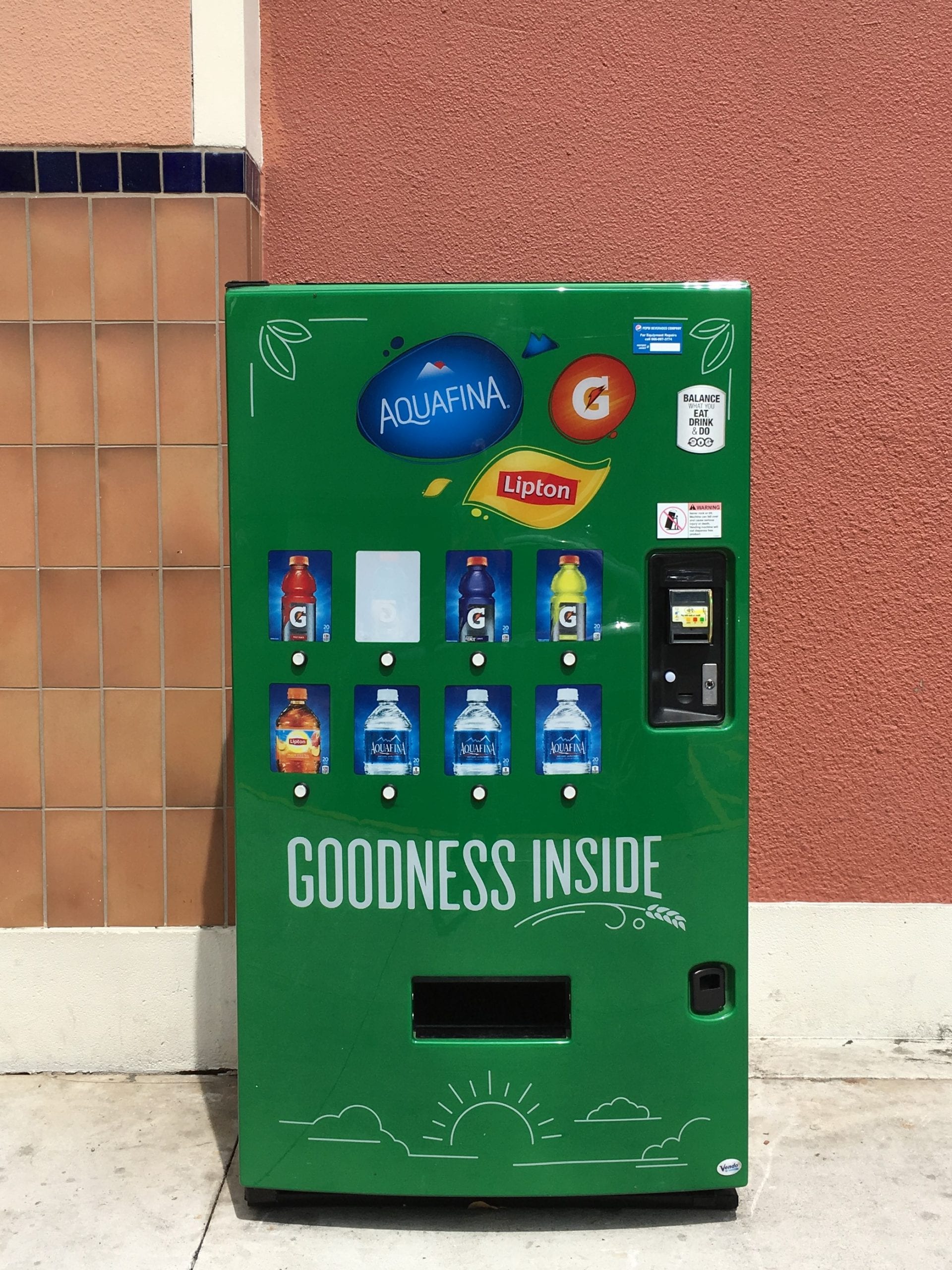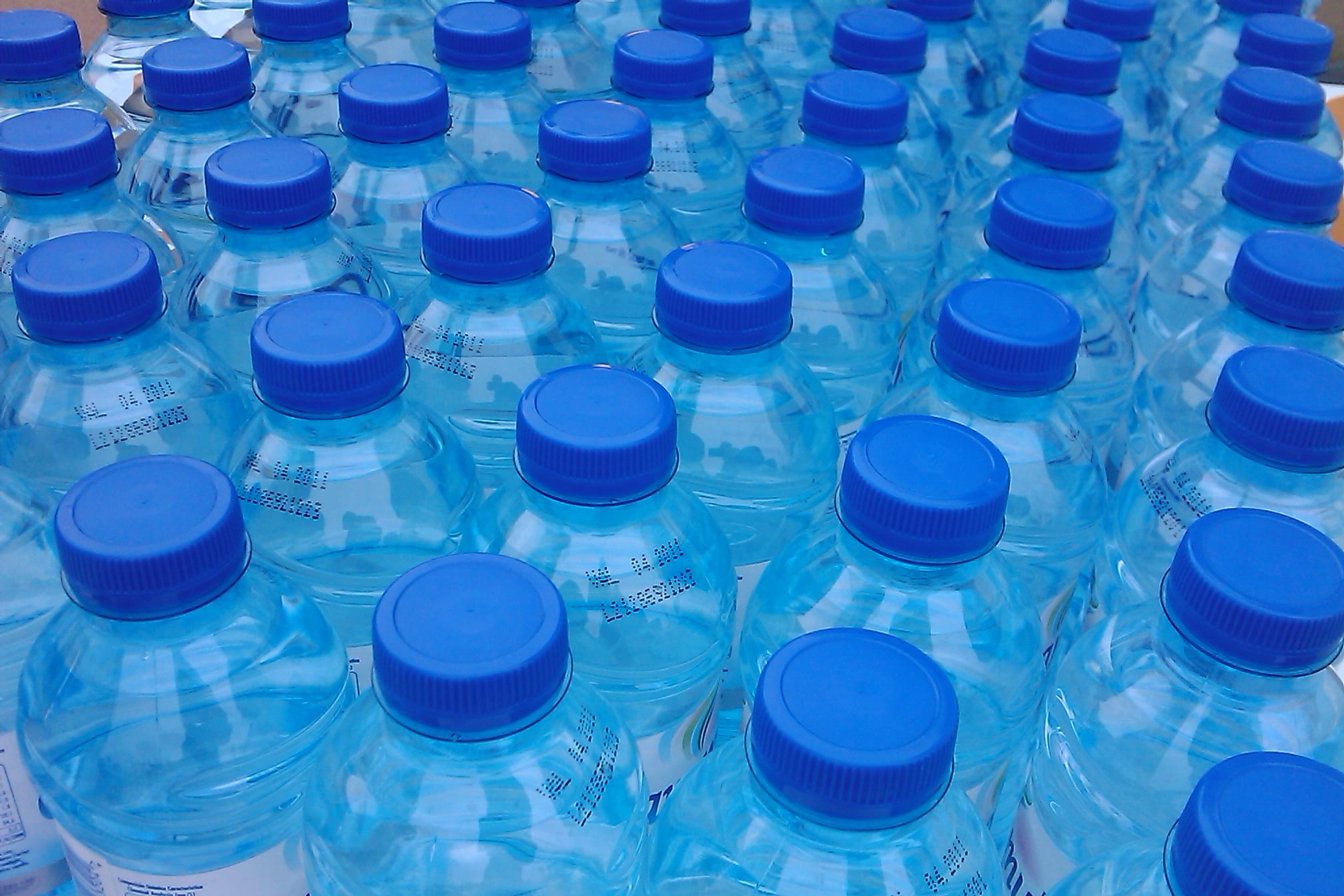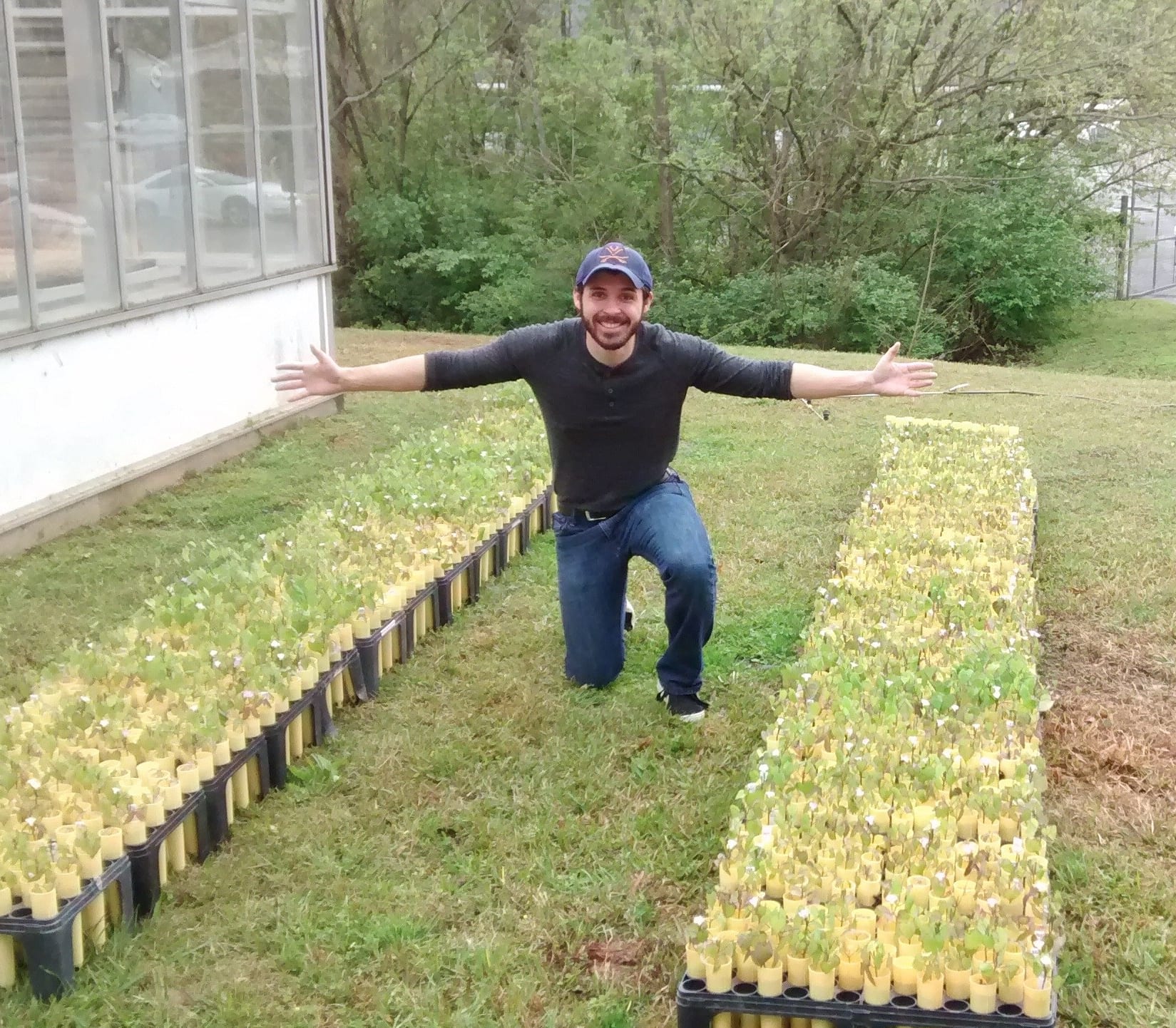This piece is part of a “Double Takeâ€, where two parties argue on either side of a premise. A writer does not necessarily share the view they are arguing; instead, this is an exercise to fully flesh out a discussion.
The premise:
“Single-serve, plastic water bottles should be banned in the United States.â€
I am writing AGAINST the premise.
Here is a link to my colleague’s article for the premise.
__________________________________________________________________________
You missed the bus and have had to run the mile and a half from your dorm to that one class that is all the way across campus. By the time you make it to outside the classroom, you're dying of thirst. You spot a water fountain down the hall and walk over to quench your thirst. You push in the button and – of course – the water stream barely trickles over the spout. You consider it for a moment, but decide that risking the flu isn't worth it. Luckily, the vending machine is nearby. You walk over, pop in a dollar, and select the bottled water. Once you've chugged half of it, you're feeling refreshed and ready to listen to that lecture.
If left up to my ban-happy counterpart, you may not have access to bottled water in the future. In fact, bottled water bans and reduction programs have occurred at universities, our national parks, and even in major cities like San Francisco. While touting environmental and cost-saving benefits, she fails to consider all the health, economic, and even environmental benefits of bottled water.

Drinking away the calories
In the past two decades, Americans have increasingly become more health-conscious, which is driving demand for healthier options at the grocery store and in vending machines. Between 2000 and 2015, Americans increased their consumption of bottled water by 20 gallons (i.e. 16.7 to 36.7 gallons per year). This increase in bottled water consumption represents a collective cutting of 61 to 67 trillion calories from American diets over those 15 years.
It may be intuitive that if people are drinking more water now, they would be willing to forego the single-use bottle altogether and fill up their reusable bottles at a water fountain. But, in fact, they don't. Sixty-three percent of people will choose soda or another sugary drink at the vending machine instead of the free water coming from the fountain. When the University of Vermont banned the sale of single-use water bottles, sales of low-calorie (10-50 calories) beverages increased 12 percent, juices increased 11 percent, and sugar-sweetened beverages increased 10 percent. While these numbers may make soda producers happy, it leaves many consumers high and dry.
Bottling profits
A recent survey found that about 31 percent of Americans drink only or mostly bottled water. Clearly, this is a huge market and businesses of all sizes rely on bottled water sales. Indra Nooyi, the soon-to-be-departing CEO of PepsiCo, has used her 12 years at the soda giant to move the company in a more healthy direction by focusing on healthy snacks and bottled water (PepsiCo owns Aquafina). The move has paid off as sales have grown 80 percent over her tenure, even though sales of Pepsi (i.e. the soda) have dropped off.
The successes at the corporate level are also felt in the corner shop and local diner. Forty percent of all water servings come from a bottle, and bans can make small business owners worry about the loss of one of their most profitable items. All these lost revenues do not even fix the problems that bans are supposed to correct, namely plastic waste.

Less water and money, more waste
As mentioned above, when people lack the choice of bottled water, they will more likely choose bottled soda over the water fountain. At the University of Vermont, this led to a 20 percent increase in total shipments of plastic bottles to the university, which means more plastic waste overall. But, this doesn't even account for the extra plastic that is in plastic soda bottles versus plastic water bottles. Since sodas are carbonated, they require thicker bottles to contain the pressure – more than double the amount of plastic to be exact (9.89 vs 23.9 grams of plastic for a 16.9-ounce bottle). To make things worse, this translates into nearly 50 percent more carbon dioxide emissions, inhibiting efforts to mitigate climate change.
Save the bottle
While my misdirected opponent attempts to show that the environment is suffering due to single-use water bottles, she fails to account for the fact that people want bottled water. Beyond the economic implications of this, bottled water is also helping the health of people AND the environment. It's truly a win-win situation for everyone: reject the ban, save the bottle!
 Greg Evans is a grad student at UGA, finishing up a Master's in Plant Biology and beginning a Master's in Ag Business. He enjoys boxing, board games, and gardening. Greg currently serves as an Associate Editor for the Athens Science Observer, as well as the Athens Science Alliance Liaison. He can be reached at gevans@uga.edu or follow him on Twitter @WeedyInvasive. More from Greg Evans.
Greg Evans is a grad student at UGA, finishing up a Master's in Plant Biology and beginning a Master's in Ag Business. He enjoys boxing, board games, and gardening. Greg currently serves as an Associate Editor for the Athens Science Observer, as well as the Athens Science Alliance Liaison. He can be reached at gevans@uga.edu or follow him on Twitter @WeedyInvasive. More from Greg Evans.
About the Author
- athenssciencecafehttps://athensscienceobserver.com/author/athenssciencecafe/April 17, 2020
- athenssciencecafehttps://athensscienceobserver.com/author/athenssciencecafe/April 12, 2020
- athenssciencecafehttps://athensscienceobserver.com/author/athenssciencecafe/April 3, 2020
- athenssciencecafehttps://athensscienceobserver.com/author/athenssciencecafe/March 30, 2020







